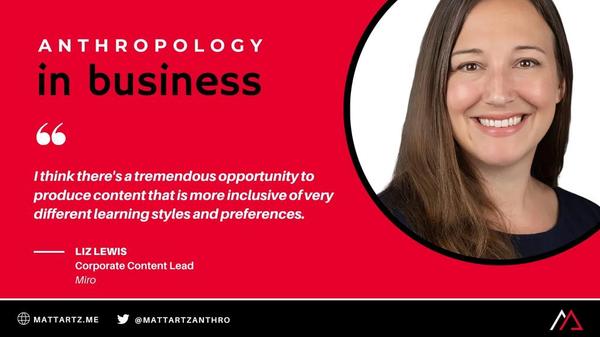Tech Anthropologist | Cultural Storyteller
I transform complex research into impactful brand stories with cultural resonance.
Corporate content
Explore some of my articles and other assets on innovation, collaboration and the world of work.
Thought leadership campaign assets
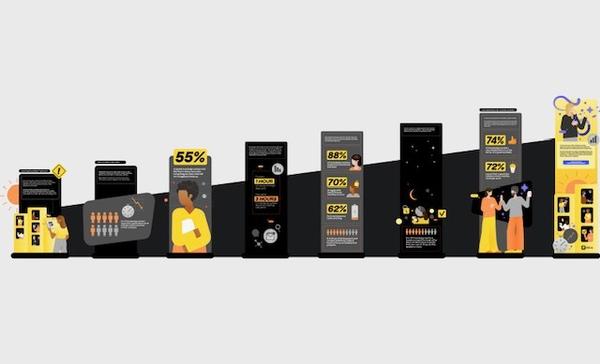
2025 Momentum at Work Report
Photo by energepic.com on Pexels
![]()

2025 Momentum at Work Report
Today's knowledge work is slow and siloed, with momentum blockers at every turn. We surveyed 6,100 knowledge workers globally to gain insight into how maintenance tasks and organizational silos impact their roles and daily lives. By better understanding what's slowing them down and identifying how AI can help, we can shine a light on a path forward to a better future — where teams are empowered to build the next big thing, faster.Knowledge workers' tasks fall into two categories: momentum and ma...
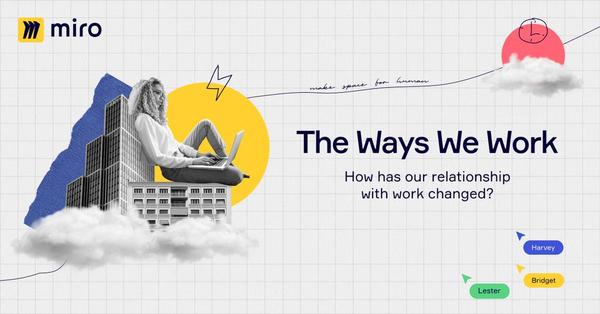
The Ways We Work | Miro
Our findings suggest that we’ve spent so much time trying to make work work, that we forgot about the humans who do it. Now work relationships are in flux, often shaped by generation and environment. Here’s the thing: Workers aren’t giving up on work. So, how will we build the future that they’re imagining?
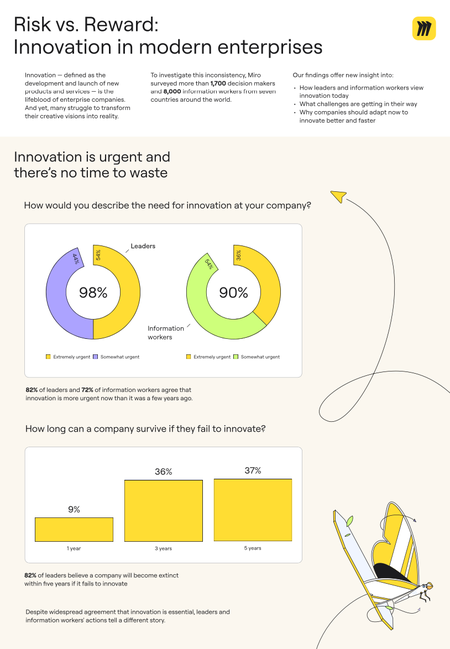
Risk vs. Reward: Innovation in modern enterprises

Risk vs. Reward: Innovation in modern enterprises
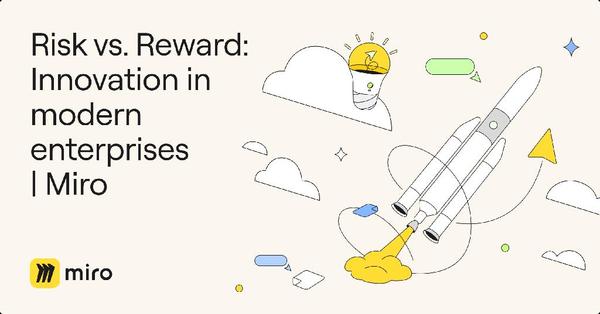
Risk vs. Reward: Innovation in modern enterprises | Miro
What does it take to innovate — and what gets in the way?
What does it take to innovate — and what gets in the way? Innovation — defined as the development and launch of new products and services — is the lifeblood of enterprise companies. It brings the workforce together around a shared vision and goals. It sets the stage for future success while reducing the risk of disruption. And, on a human level, it gets people excited — from individual contributors to C-suite executives. To gain insight
What does it take to innovate — and what gets in the way? Innovation — defined as the development and launch of new products and services — is the lifeblood of enterprise companies. It brings the workforce together around a shared vision and goals. It sets the stage for future success while reducing the risk of disruption. And, on a human level, it gets people excited — from individual contributors to C-suite executives. To gain insight

Bylines
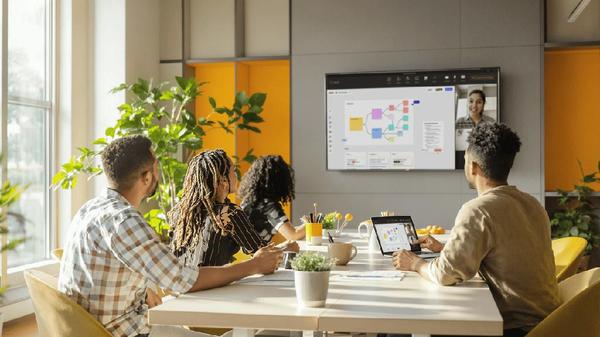
From disillusionment to value: How to ensure your business gets the most out of AI | The AI Journal
AI’s potential is undeniable, but the reality inside many organisations today tells a different story. There’s enthusiasm, investment, and lots of talk, but often not much to show for it.
In Miro’s survey of over 2,000 knowledge workers, more than 80% said AI could benefit their work. Yet half described their companies as “all talk and no action.” And a third admitted to feeling anxious about what AI means for their future.
This tension isn’t new. According to Gartner’s “Hype Cycle,” we’re in...
In Miro’s survey of over 2,000 knowledge workers, more than 80% said AI could benefit their work. Yet half described their companies as “all talk and no action.” And a third admitted to feeling anxious about what AI means for their future.
This tension isn’t new. According to Gartner’s “Hype Cycle,” we’re in...

The Rise of Agentic Collaboration - SPONSOR CONTENT FROM MIRO
By Jeff Chow
AI is transforming how people work across their organizations. As these tremendous changes unfold, it’s increasingly clear that unlocking AI’s true potential hinges on how well teams collaborate with AI agents.
While such seismic shifts can be daunting, we are on the precipice of newer, better ways of working. AI agents and, more specifically, agentic collaboration, are good for business, great for teams, and crucial for innovating at the speed of change.
What makes a high-perfor...
AI is transforming how people work across their organizations. As these tremendous changes unfold, it’s increasingly clear that unlocking AI’s true potential hinges on how well teams collaborate with AI agents.
While such seismic shifts can be daunting, we are on the precipice of newer, better ways of working. AI agents and, more specifically, agentic collaboration, are good for business, great for teams, and crucial for innovating at the speed of change.
What makes a high-perfor...

AI Is Transforming Pro Sports: Here’s What That Means For Enterprise Leaders
Jeff Chow, Chief Product & Technology Officer, Miro.June is a big month for sports in the Chow household. Despite the agony of a playoff defeat for my Celtics, the culmination of the NBA season is a massive highlight. And, as a business leader, I can’t help but watch sports through the lens of business success (and not just so I can mix in sports metaphors with business jargon at work).One thing that’s top of mind for me is how many sports teams are leveraging data and AI to build world-class pr...
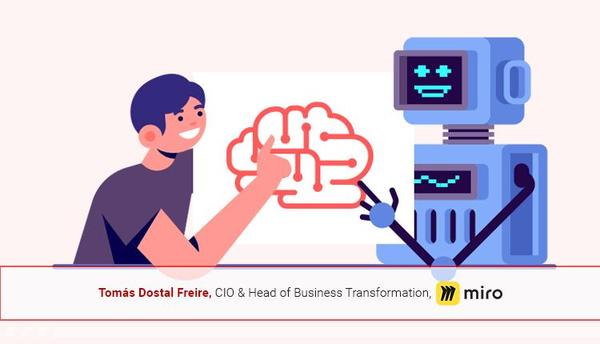
These 4 Mindset Shifts Can Help Your Team Make The Most of AI
The fear that AI will replace jobs has given way to something new: a desire to use it effectively, strategically, and confidently at work. But that’s easier said than done. In many cases, the barrier isn’t the technology itself but uncertainty. While 78% of knowledge workers believe AI can benefit their role, more than half admit they struggle to know when or how to use it. On the other side, over one-third of workers (35%) say they don’t use AI at all — not even in their personal lives — and 34...
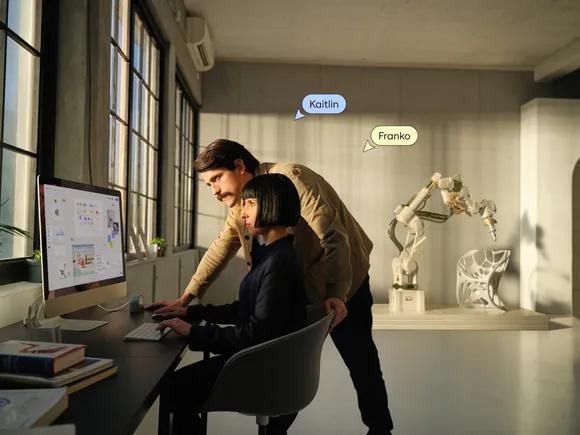
How ways of working can make or break innovation
In today’s competitive landscape, innovation is the name of the game. At Miro, we surveyed global enterprise leaders and found that over nine in 10 believe that a company will not survive more than a decade if it fails to innovate. Yet, as we all know, innovation is hard. Seventy-nine percent of those same leaders said that their company struggles to bring its innovation strategy to life. What are they missing?
It can be tempting to think of innovation just in terms of technology, but there’s mu...
It can be tempting to think of innovation just in terms of technology, but there’s mu...
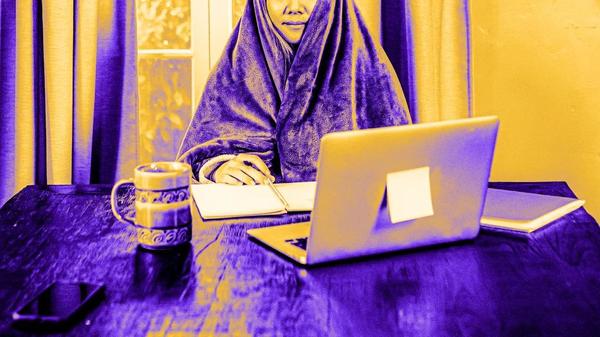
One factor shows just how badly we're failing hybrid workers
BY Dominik Katz4 minute read
Is hybrid work a cautionary tale or a model for the future? On paper, hybrid workers have the best of both worlds, enjoying the benefits of being in-person on some days and the flexibility of a remote arrangement on others. New research backs this up, finding that hybrid workers are as productive and get promoted at similar rates as their in-office peers, while reporting higher overall job satisfaction and quitting at lower rates.
Is hybrid work a cautionary tale o...
Is hybrid work a cautionary tale or a model for the future? On paper, hybrid workers have the best of both worlds, enjoying the benefits of being in-person on some days and the flexibility of a remote arrangement on others. New research backs this up, finding that hybrid workers are as productive and get promoted at similar rates as their in-office peers, while reporting higher overall job satisfaction and quitting at lower rates.
Is hybrid work a cautionary tale o...

A New Study of Employees Uncovers What's Working (and What Isn't) With Meetings
Here’s what leaders need to know to make meetings more productive and inclusive, according to new data.
Meetings can get a bad reputation, but there’s more to the story. Miro’s report found that 77% of U.S. knowledge workers think meetings are important for collaboration. This suggests that the problem isn’t with all meetings, but the ones that don’t have a clear purpose. (Remember: nobody wants to attend a meeting that could have been an email!)Regarding quantity, the good news is that 60% of w...
Meetings can get a bad reputation, but there’s more to the story. Miro’s report found that 77% of U.S. knowledge workers think meetings are important for collaboration. This suggests that the problem isn’t with all meetings, but the ones that don’t have a clear purpose. (Remember: nobody wants to attend a meeting that could have been an email!)Regarding quantity, the good news is that 60% of w...

How managers can tackle the most common employee struggle
Most of us experience mental blocks—that feeling of being stuck and unable to move forward with a task or project—at some point. If left unchecked, they can spell a world of trouble for each of us personally and, as a result, our businesses’ bottom lines, according to a new study from my company, Miro. These challenges carry emotional, financial, and productivity costs, but by understanding mental blocks better, the impact they have on us and our employees, and ways to tackle them, business lead

New Study Reveals 5 Ways to Improve Your Remote and Hybrid Workforce
The term "asynchronous work" has become increasingly popular, but what is it and why should leaders pay attention? In short, asynchronous (or "async") work occurs when employees collaborate on tasks or projects at different times, in different locations, and according to their own schedules. A product of the remote work era, asynchronous work has quickly emerged as a unique, effective solution for the modern workplace.
In fact, according to a new asynchronous work report from Miro (which survey
In fact, according to a new asynchronous work report from Miro (which survey
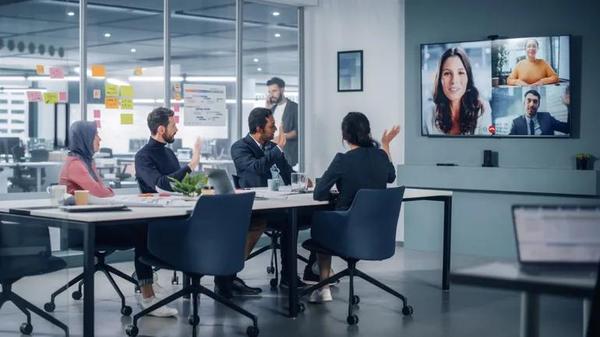
3 accessibility concepts CIOs need to know
Employees’ accessibility needs are as diverse as the workforce itself. As such, there’s no one-size-fits-all model: Employers must be strategic and take a holistic approach, empowering teams throughout the organization to prioritize accessibility in their projects and policies.
This means different things for different teams. For example, workplace operations teams help build more accessible office spaces, while people teams ensure job seekers and employees get the accommodations they need to t
This means different things for different teams. For example, workplace operations teams help build more accessible office spaces, while people teams ensure job seekers and employees get the accommodations they need to t

Articles
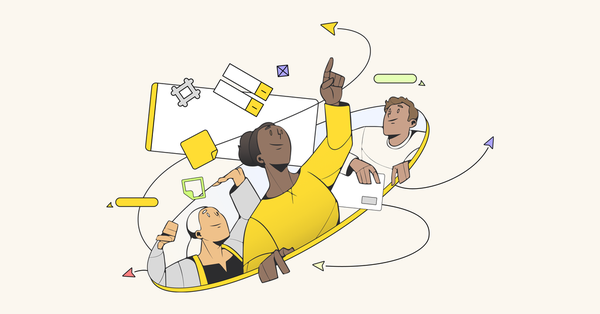
Report: How workers really feel about meetings
Meetings inspire strong opinions — and they remain divisive even as information workers navigate new ways of working, from the shift to hybrid models to embracing AI. Despite the rise in asynchronous work and new stats indicating that time in meetings is declining, organizations continue to struggle with burnout, disengagement, and feeling spread too thin. Are meetings to blame?
To find out, Miro surveyed 4,073 information workers split evenly across four global markets: the United States, Unite...
To find out, Miro surveyed 4,073 information workers split evenly across four global markets: the United States, Unite...
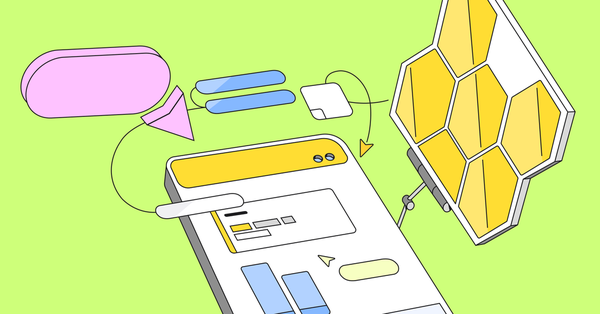
Asynchronous Work Report: What knowledge workers want and what’s working
When you give something a name, you make it real in a new way. Knowledge workers are seeing this firsthand with asynchronous work (or “async”), which is when team members work on the same project or problem but at different times instead of synchronously. Suddenly, the term is everywhere — but asynchronous work is more than a buzzword.
Not just a by-product of the shift to remote or hybrid, it’s about strategically making new ways of working work. Async can help people cut down on unnecessary m
Not just a by-product of the shift to remote or hybrid, it’s about strategically making new ways of working work. Async can help people cut down on unnecessary m
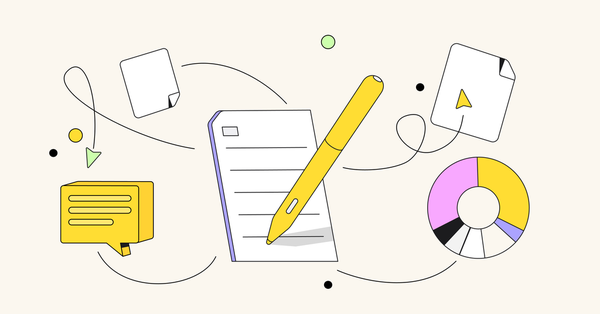
How to boost collaboration in an intergenerational workforce
Today’s workers span four generations, each bringing distinctive perspectives on life, work, and everything in between. From Gen Z to Millennials, Gen X, and Baby Boomers, workers’ life stages and professional journeys shape their preferences and priorities—and also influence how they collaborate with one another.
By leveraging generational insights from Miro’s “The Ways We Work” survey, companies and leaders can take collaboration to a new, and more age-inclusive, level.
Collaboration isn’t j
By leveraging generational insights from Miro’s “The Ways We Work” survey, companies and leaders can take collaboration to a new, and more age-inclusive, level.
Collaboration isn’t j
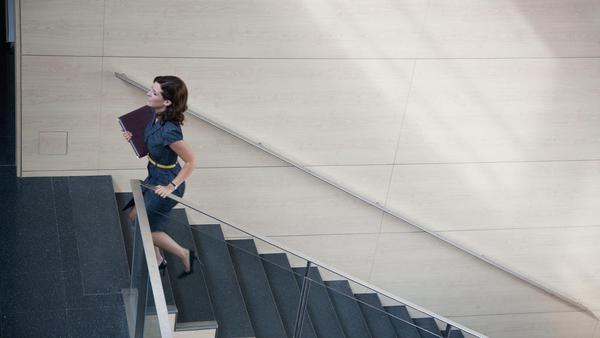
Back-to-Work Report: What Employees Say About Returning to the Office
• Although a majority of workers feel good about returning to the office, 71% remain concerned about health risks related to COVID-19.
• 45% of workers now view the office as less important than before.
• Many employees miss the social side of office life: 58% are excited to reunite with their coworkers, and 43% are eager to make new friends at work.
• Commuting is workers’ top worry about returning to the office: 45% are most concerned about the time they’ll spend getting to work.
We all reme

Susan Cain: Debunking Myths About Introverts
When you think of an introvert, what comes to mind? Odds are, it’s an array of stereotypes: someone who is shy, quiet or solitary, and who cringes at the thought of public speaking or taking the lead. But what if everything you think you know about introverts is wrong?
According to Susan Cain, author of the New York Times bestseller “Quiet: The Power of Introverts in a World That Can’t Stop Talking,” these negative myths come from a widespread cultural bias toward extroverts. She even founded a
According to Susan Cain, author of the New York Times bestseller “Quiet: The Power of Introverts in a World That Can’t Stop Talking,” these negative myths come from a widespread cultural bias toward extroverts. She even founded a

The Ghosting Guide: An Inside Look at Why Job Seekers Disappear
A truly scary trend has emerged in the last year: employers are getting ghosted by job seekers.
From ditching job interviews to not showing up on the first day, candidates are disappearing without a trace — and ghosting during the hiring process is now one of the biggest problems in recruiting. Ghosting originated in the online dating world, where new technology has made it so easy to ask someone out on a date that it has led to an epidemic of no-shows. The effect is similar for hiring: technol
From ditching job interviews to not showing up on the first day, candidates are disappearing without a trace — and ghosting during the hiring process is now one of the biggest problems in recruiting. Ghosting originated in the online dating world, where new technology has made it so easy to ask someone out on a date that it has led to an epidemic of no-shows. The effect is similar for hiring: technol

Report: The Impact of COVID-19 on Working Women and How Employers Can Help
• The COVID-19 pandemic has had a profound impact on working women: Among women employed full-time prior to the pandemic, 29% have since reduced their hours and 9% left the labor market entirely.
• Women who cut back their hours say their employers could have helped by offering greater flexibility, understanding and patience to help navigate work and life during COVID-19.
• Most women who downshifted plan to return to full-time work, but the majority will seek remote positions.
The COVID-19 pa
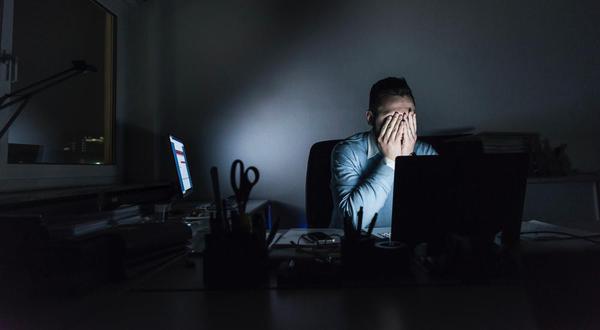
Beating Burnout: Advice from an Expert
Burnout was a hot topic before COVID-19, but the pandemic has taken it to a new level. Not only have employees reported feeling more burned out during this time, they’re also taking action: many are leaving their jobs, triggering what some experts call the “Great Resignation.”
Employers are in a bind, struggling to hold onto their current workers while facing challenges with finding new hires — and burned-out workers aren’t willing to settle.
So why is burnout so insidious, and what can employ
Employers are in a bind, struggling to hold onto their current workers while facing challenges with finding new hires — and burned-out workers aren’t willing to settle.
So why is burnout so insidious, and what can employ

Freelance work and op-eds
Some of my past freelance projects.

How Sharkmania Became a Modern Obsession - Carleton College

Spend the Night in One of These 4 Converted Train Cars
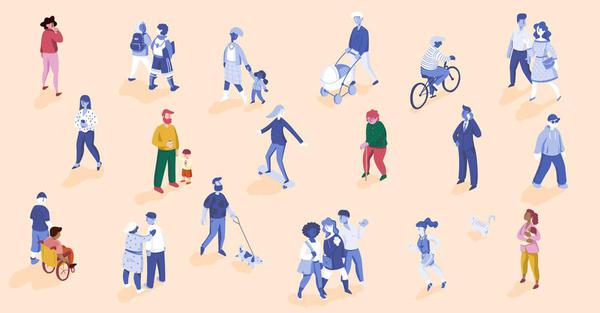
When Rare Diseases Aren’t So Rare
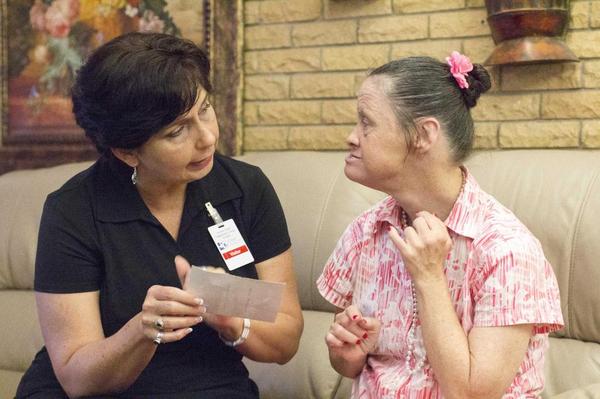
Texas must do better for Texans with disabilities

Mental illness has become a scapegoat for mass shootings
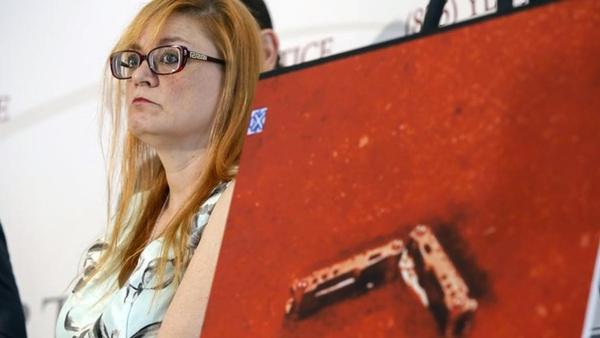
Commentary: Police need training to recognize people with disabilities
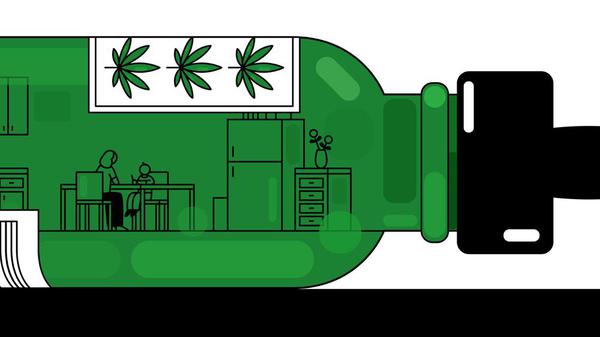
The Autism Moms’ Cross-Country Drug Ring

The Enclosed Case



